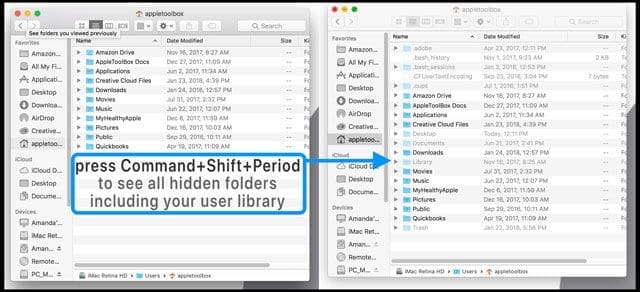This morning I installed, compiled, and ran a simple example program using the GNU Scientific Library. This took me a while to figure out, so I’ll share the process here. I am assuming that the reader, like the author, has only vague familiarity with C.
The Library Overseer Mac Os X
Type /Library and then press the Go button. Method 2: In Finder (the desktop screen), click on the Go menu, then press the Option or Alt key on the keyboard. The Library entry will appear on the Go menu. Click on the Library entry. Permanently display the Library folder. Go to Applications Utilities Terminal. A Terminal window appears.
- The Mac OS is a graphical operating system developed by Apple Inc. The tenth version of the Mac OS is the Mac OS X which was launched in 2001. The structure of the Mac OS X includes multiple layers. The base layer is Darwin which is the Unix core of the system. Next layer is the graphics system which contains Quartz, OpenGL and QuickTime.
- May 01, 2019 There are actually three library folders on a Mac. The library folder in the root directory of your system drive (usually called Macintosh HD) contains data accessible to all users, but only.


- Install Homebrew, their site has a line of code you can run from the command line.
- Install Xcode from the Apple Applications menu.
- Install GSL, the GNU Scientific Library, using Homebrew. This will install GSL at
/usr/local/include.
The Library Overseer Mac Os Catalina
- Hammer out a sample program on your favorite editor (Vim) and name it
main.cor something.
- Compile the code. This should produce an object file in your working directory called
main.o.
- Link the object file to produce an executable,
a.out. Here, the-Lflag provides the path to the library, and the-lflag provides the name of the library that you’d like to link.
The Library Overseer Mac Os X
- Run the executable
a.outfrom the command line.
This should produce the following output: